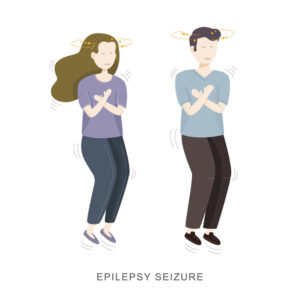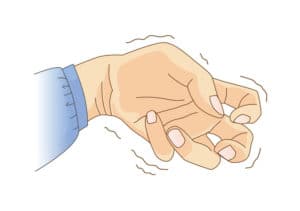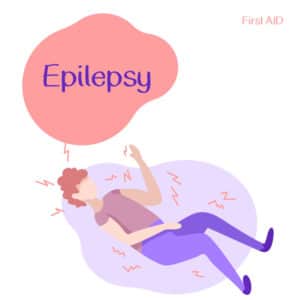In the United States, it is estimated that about 1.2% of U.S. people have active epilepsy. This is about 3.4 million people nationwide, according to Healthline.
The New York Department of Health reported that the number of individuals with epilepsy in the state is unknown. Most studies suggest that slightly fewer than one percent of the population has epilepsy.
The slightly fewer than 1 percent of the New York population that has epilepsy, means that nearly 180,000 people living in New York have epilepsy.
In addition, there are approximately 9,000 New Yorkers newly-diagnosed with epilepsy each year. This is according to the New York State Department of Health.
The Centers for Disease Control and Prevention (CDC) noted that among the 215,200 epilepsy patients in the state of New York, 26,600 are ages 0-16.

A person who experiences at least two seizures (or after one seizure with a high risk for more) that were not caused by some known medical condition is usually diagnosed with epilepsy.
A seizure, a short change in normal brain activity, is thought to be the main sign of epilepsy.
It is the result of sudden, brief changes in the electrical balance of the brain, and it happens when there are too many electrical charges in the brain.
Seizures typically last a few seconds to a few minutes and affect awareness, physical movements, or speech.
Epilepsy is one of the most common neurological diseases and affects people of all ages, races, social classes, and geographical locations.
When an individual is diagnosed with epilepsy and experiences several seizures, their awareness, physical movements, or speech, are affected.

An overview of epilepsy symptoms may look like heart attacks, strokes, or lack of balance.
The first signs of epilepsy can develop during the pre-school and elementary school years. It is often considered a lifelong condition and can be managed with the use of medication, special diets, or surgery.
The International League Against Epilepsy (ILAE) revised the classification of seizures in 2017.
Previously, there were only two types of epilepsy. Now, there are three types of it based on the key features below:
About 30% of the 180,000 new cases of epilepsy every year occur in children.
Most patients diagnosed with epilepsy are children and elderly adults. The minority of the cases have determined clear causes, but the typical known cause of a seizure is some injury to the brain. Up to 70% of all cases of epilepsy have no discovered causes.

The challenges with epilepsy vary for children, adults, and seniors. Generally, patients suffering from epilepsy often experience changes in their quality of life which typically includes less mobility.
Aspects in life like learning, school attendance, employment, relationships, and social interactions, are often affected.
Most patients take steps to adapt to their lifestyle to accommodate their epileptic condition.
There is no known cure for epilepsy but medication and therapy are being used to manage the seizures and to minimize the causes.
Lifestyle modifications can also help such as:
Other common treatments:
The U.S. Food & Drug Administration (FDA) approved EPIDIOLEX® , a CBD oral solution for the treatment of seizures associated with two epilepsy syndromes ( Lennox-Gastaut syndrome and Dravet syndrome).
If you are considering medical marijuana for your epileptic condition, you will need a medical marijuana card and a recommendation from a cannabis-trained and licensed doctor.
Let us help you get started through our HIPAA-compliant application on our online platform. You can also visit our NY page or give us a call for more information.
